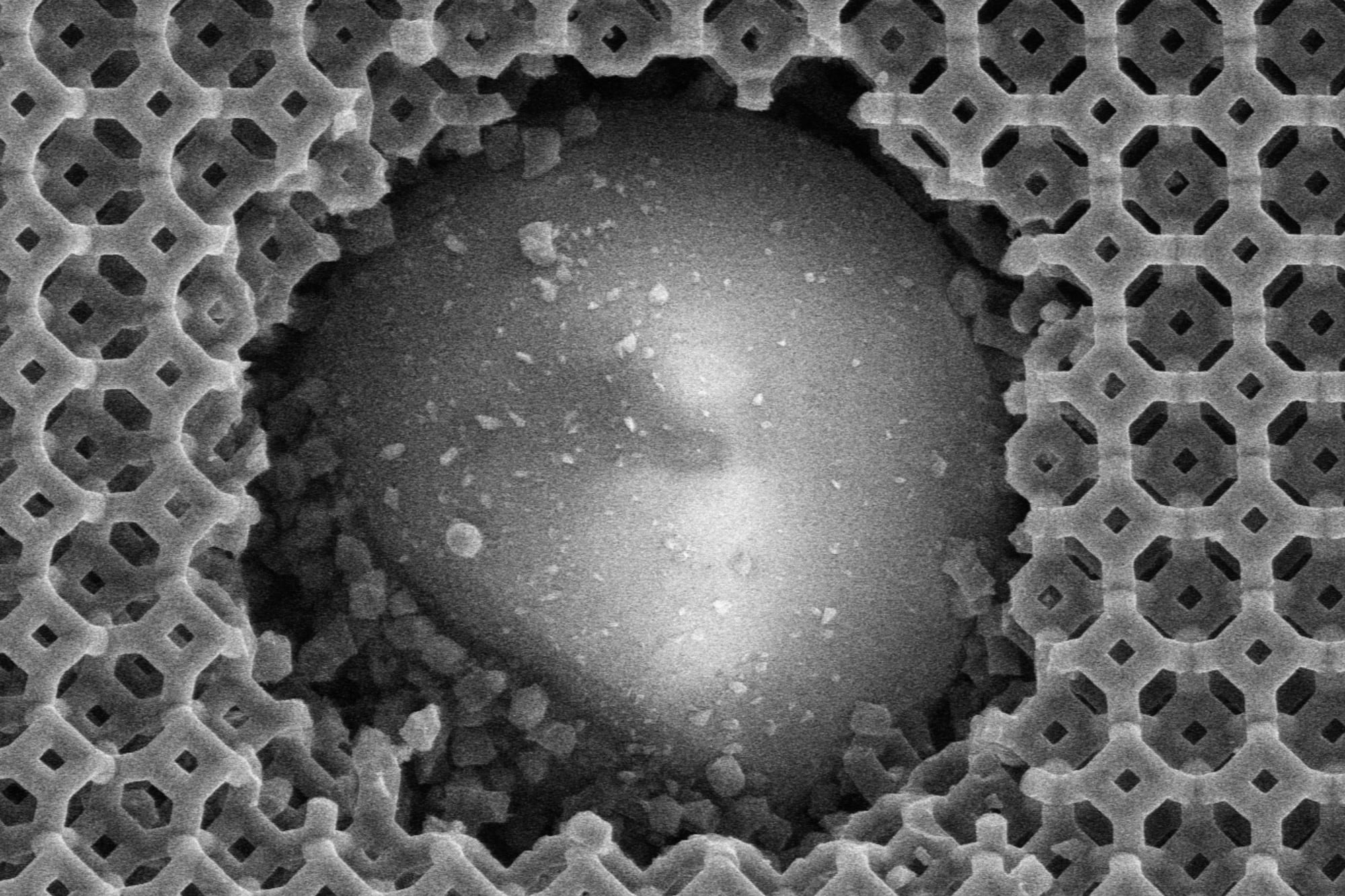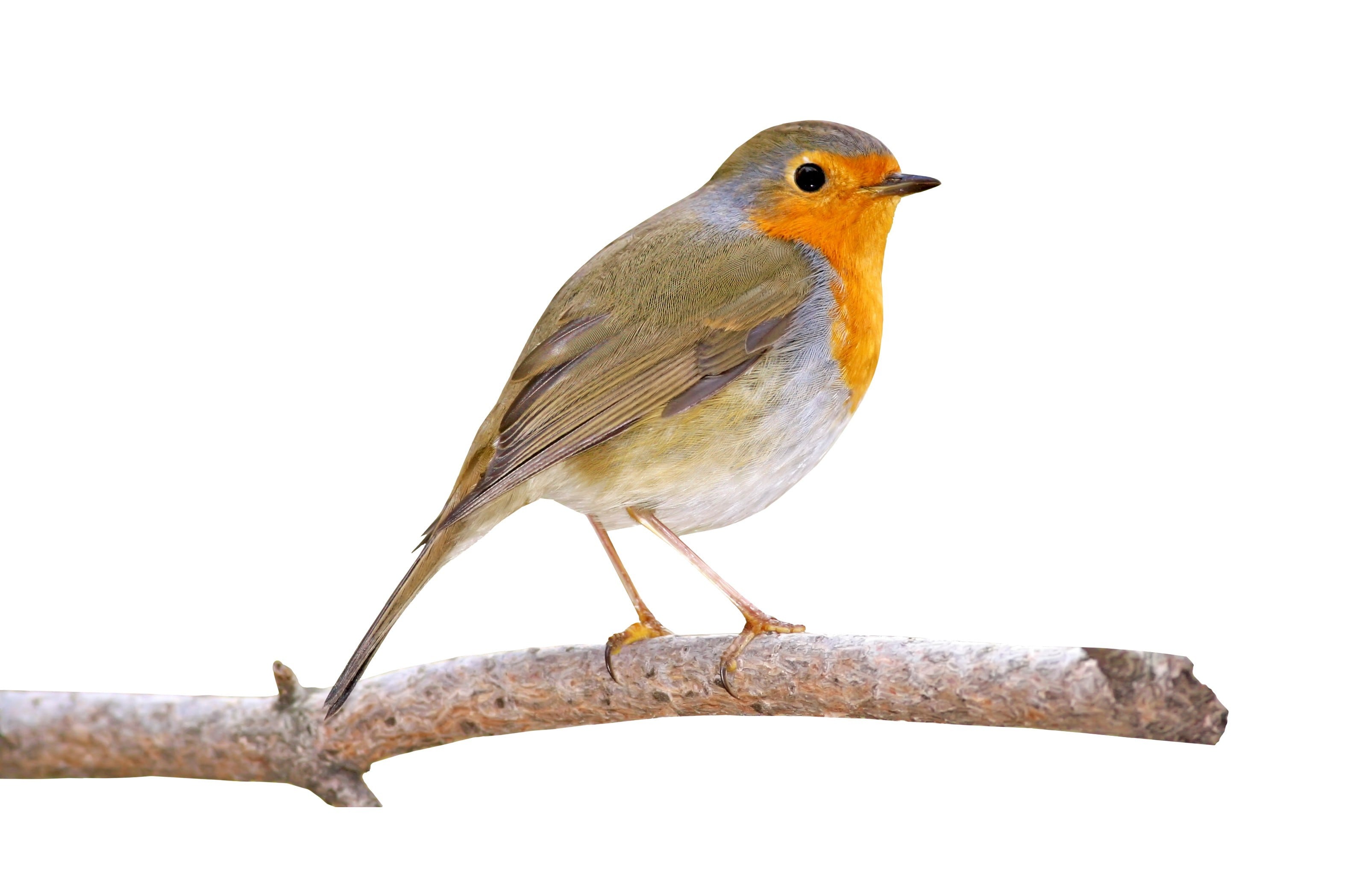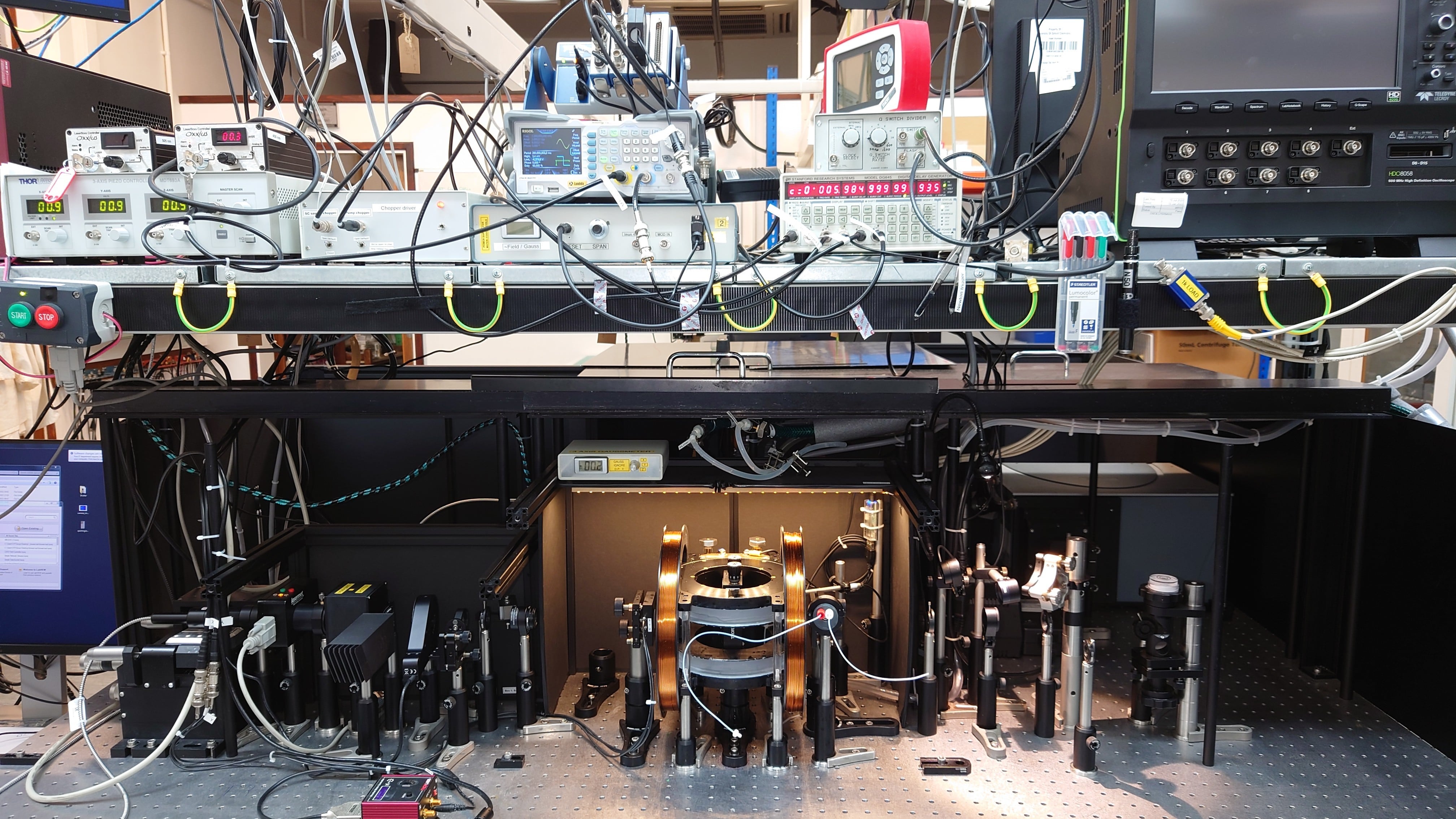Military-funded scientists have isolated a protein present in the eye of a migratory bird that may explain how our feathered friends travel vast distances without a map — and how future soldiers might use that ability to fight without GPS.
The research is in an early stage and it is not likely to be in the hands of soldiers in the next few years. But it could ultimately lead to direct applications or unforeseen opportunities in other areas of research and military development.
Researchers have hypothesized for decades about how birds, fish, sea turtles and insects may be using the Earth’s magnetic field to navigate on long-range patterns across the globe.
Combined funding from the Army Research Laboratory, Office of Naval Research Global and Air Force Office of Scientific Research to support isolating exactly what makes that happen recently resulted in a published paper in the scientific journal Nature by researchers at the universities of Oxford, England, and Oldenburg, Germany, according to an Army release.
By analyzing the migratory European robin, researchers isolated a protein in the bird’s eye and then tested it to learn that the protein can help a bird detect the Earth’s magnetic field and navigate their migration, according to the release.
RELATED

Army Times spoke with Dr. Stephanie McElhinny, program manager for the biochemistry program at the Army Research Laboratory, about the discovery and its impact.
One of the key goals, and challenges, for biochemistry research in a military context, is getting biological materials — in this case, proteins — out of living bodies that are fragile and into more robust systems. Or at least, researchers need to get the characteristics of those materials in the hands of soldiers looking for future combat advantages.

“Proteins have really cool functions, but they’d be even cooler if we could put them in a system for the Army where they don’t need to be kept wet,” McElhinny said.
McElhinny explained that scientists had a hypothesis that this protein — cryptochrome — played a role in magnetic sensing. Cryptochrome isn’t unique to birds. Humans have the same protein and it helps regulate our circadian rhythms, or the natural sunlight/darkness patterns of the Earth’s rotation.
The rhythms are a biological clock for humans and cryptochrome helps keep that clock in sync with the light cycles.
While researchers studied the robin, they didn’t have to pull out proteins from its eyes or anything as ghastly, McElhinny said.
To test the cryptochrome protein, they were able to synthesize the DNA encoding the protein, grow it inside of a bacteria as a host, then harvest it, like cracking a nut’s shell to get the meat.

They then looked at the protein’s building blocks, which are chains of amino acids. Within that chain are four tryptophan amino acids in a row.
Scientists theorized that the row of tryptophans allowed for electrons to “hop” from one to the next, generating so-called radical pairs that are magnetically sensitive. This gives the bird’s brain a type of pattern to follow, syncing it, in a sense, with the magnetic field in the environment.
To test this, they synthesized versions of cryptochrome in which each of the four tryptophans were disrupted independently to see if the chain would still allow for the hopping.
It didn’t.
That meant that the four-tryptophan chain was key in allowing for the “hopping” that they think links the bird’s eye and brain to the invisible magnetic fields all around it.
For further verification, the researchers tried the same isolation of cryptochrome proteins from chickens and pigeons, non-migratory birds. It didn’t work. That led researchers to another hypothesis — this function of the cryptochrome protein is unique to migratory animals, or at least migratory birds.

“We think these results are very important because they show for the first time that a molecule from the visual apparatus of a migratory bird is sensitive to magnetic fields,” said Professor Henrik Mouritsen with the Institute of Biology and Environmental Sciences at Oldenburg University.
Yet despite the successes and discoveries, Mouritsen cautioned that this might not be the definitive answer to bird navigation. That’s because the work was done in a laboratory, not in nature. And the magnetic fields tested were much stronger than those found in the outdoors.
“It therefore still needs to be shown that this is happening in the eyes of birds,” Mouritsen said.
The work being done at this level is called “basic research.” Essentially, it’s posing fundamental questions in a lab setting that could be matured or advanced to more out-of-the lab applications.
“If we can prove that cryptochrome 4 is the magnetic sensor we will have demonstrated a fundamentally quantum mechanism that makes animals sensitive to environmental stimuli a million times weaker than previously thought possible,” said Peter Hore professor of Chemistry at the University of Oxford.
Todd South has written about crime, courts, government and the military for multiple publications since 2004 and was named a 2014 Pulitzer finalist for a co-written project on witness intimidation. Todd is a Marine veteran of the Iraq War.




